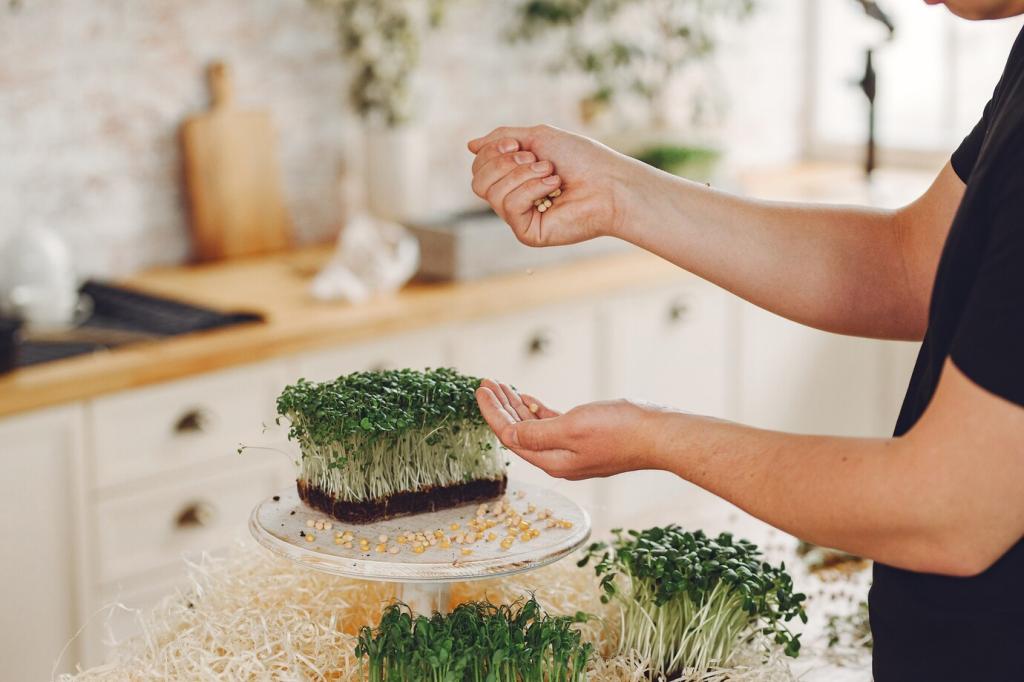Why Water Conservation Belongs at the Heart of Your Kitchen
Imagine starting the day by filling a carafe once and using it for tea, oatmeal, and rinsing herbs, instead of running the tap repeatedly. That small shift, guided by design, sets a calm pace and quietly reduces water waste without feeling like a sacrifice.
Why Water Conservation Belongs at the Heart of Your Kitchen
A single leaky faucet dripping once per second can waste over three thousand gallons a year. Seeing this number taped inside a cabinet convinced one reader to replace washers immediately—a tiny repair with an outsized, measurable impact on bills and the planet.





